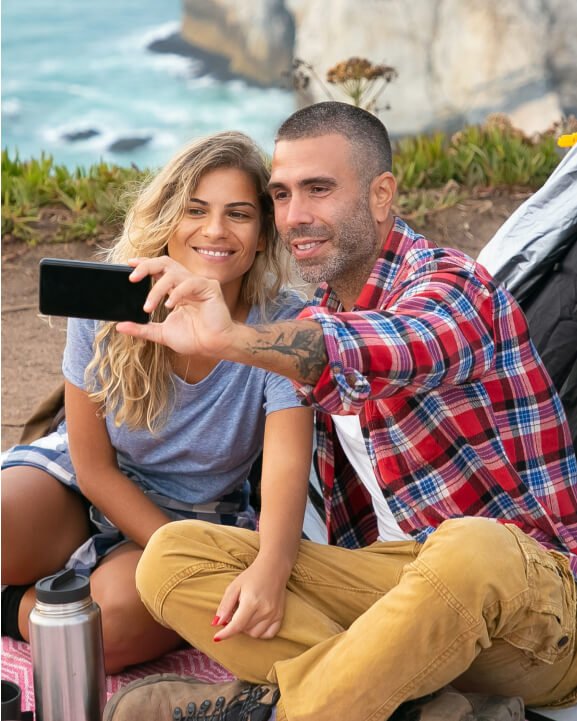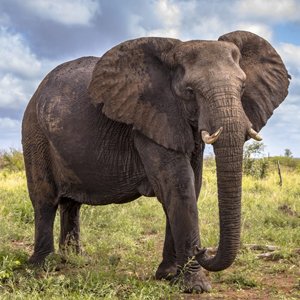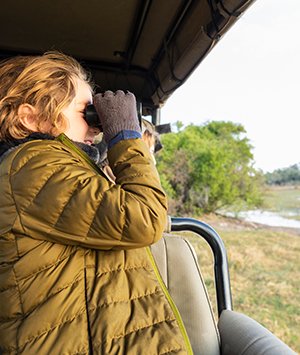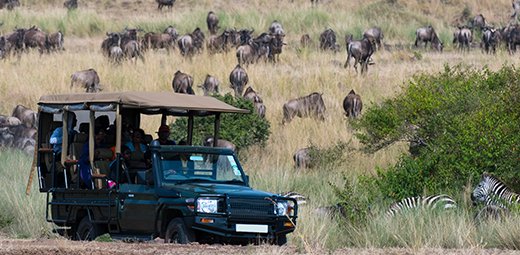
For all the Eat African countries,, Kenya, Uganda, Tanzania And Rwanda, a single entry visa costs US$ 50 and is valid for upto 90 days. All visas are applied for online. As you apply online, please know that there are extra charges for which the final total comes to about US$ 53 per visa.
Multiple entry visas for these countries cost US$ 100 each. It takes 5-15 working days per visa to be processed and there is documentation including, passport copy, air tickets, hotel bookings and itineraries along with your visa application form.
There is also an East African tourist visa at the cost of US$ 100 which gives multiple entry to Kenya, Uganda and Rwanda.
Note: Tanzania is not included in this list
You can apply for the visas on the listed websites:
Kenya: http://evisa.go.ke/evisa.html
Tanzania: https://eservices.immigration.go.tz/visa/
Uganda: https://visas.immigration.go.ug/
Rwanda: https://www.migration.gov.rw/
Please be aware of any other visa websites and do not apply or pay for visa from any other site other than the above 4 official websites.
Your passport needs a 6 month validity and there must be atleast.
All 4 East African countries are safe for tourists, as long as you follow the basics for example, When you are in a town, do not go anywhere without the company of your guide and follow their directives, explicitly at all times. Some of these could be; to wind up your window or to put away your phone or wallet.
The four neighboring countries share a similar weather pattern.
During the peak season, from June to October, temperatures in the parks and cities range from 18 degrees to 25 degrees celcius.
Morning safaris can be a little chilly,, we therefore recommend that you carry cold and wind protection gear.
Mobile networks work perfectly fine in all countries and you get 3G/4G speeds regularly.
Most hotels and resorts have WiFi which is good enough for basic email and WhatsApp.
The best time to visit Kenya is during the Dry season from late June to October (these are the best wildlife viewing months). The wildebeest migration usually reaches the Masai Mara in August and remains until October when they move back to the Serengeti in Tanzania. Wildlife viewing is good year-round, but this can differ for some parks. See below to learn when to visit which park.
Best Time June to October, January to February (All parks)
High Season July to November, January and February (Some of the parks get very crowded especially the Masai Mara, Amboseli and Lake Nakuru)
Low Season March to May (Some lodges and camps in high rainfall areas close down)
Best Weather June to October (Little to no rainfall)
Worst Weather March, April and May (Peak of Wet season)
June to October
Dry season
Wildlife is easier to spot because the bush is thin and animals gather around water
November to May
Wet Season
Wildlife viewing in Tarangire, Katavi, Nyerere and Ruaha is better during the Dry season
The best time to visit Uganda is between June to August and December to February, which is during the Dry seasons. Wildlife viewing is at its peak. Primate walks in the forest are a big part of any safari in Uganda. The habitat of rainforests is, by default, very wet, and one can’t avoid rain completely. However, after heavy rain, the skies often open up to bright sunshine.
Best Time June to August and December to February (All parks)
High Season June to September (It’s rarely crowded, but you’ll need to book your gorilla permits long in advance)
Low Season March, April, May, October, November (Some lodges and camps in high-rainfall areas close down; roads and forest trails can be in poor condition)
Best Weather June to July and January to February (Little rainfall)
Worst Weather March, April and May (Peak of Wet season)
June to August & December to February
Dry season
March to May & September to November
Wet Seasons
You won’t be able to change your expensive gorilla permit if it pours with rain; departures go as scheduled.
The best time to visit Rwanda is between June and September, which is during the Dry season when wildlife viewing is at its prime. Primate walks in the forest are a big part of any safari in Rwanda. The habitat of rainforests is, by default, very wet and one can’t avoid rain completely. Walking in the forest is easier in the Dry season and that is also the recommended time for most primate walks, including gorilla trekking.
Best Time June to September (Dry season)
High Season June to September (Lodges might be full and gorilla permits must be booked long in advance)
Low Season March, April, October, November (These are the peaks of the rains)
Best Weather June to August (Least rain)
Worst Weather April (Most rain, forest trails are slippery)
June to September
Dry Season
October to May
Wet Season
Gorilla trekking departures leave as scheduled, even in heavy rain


